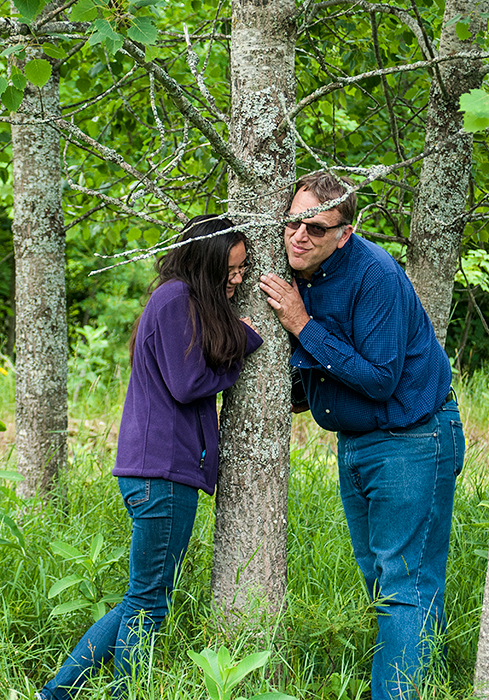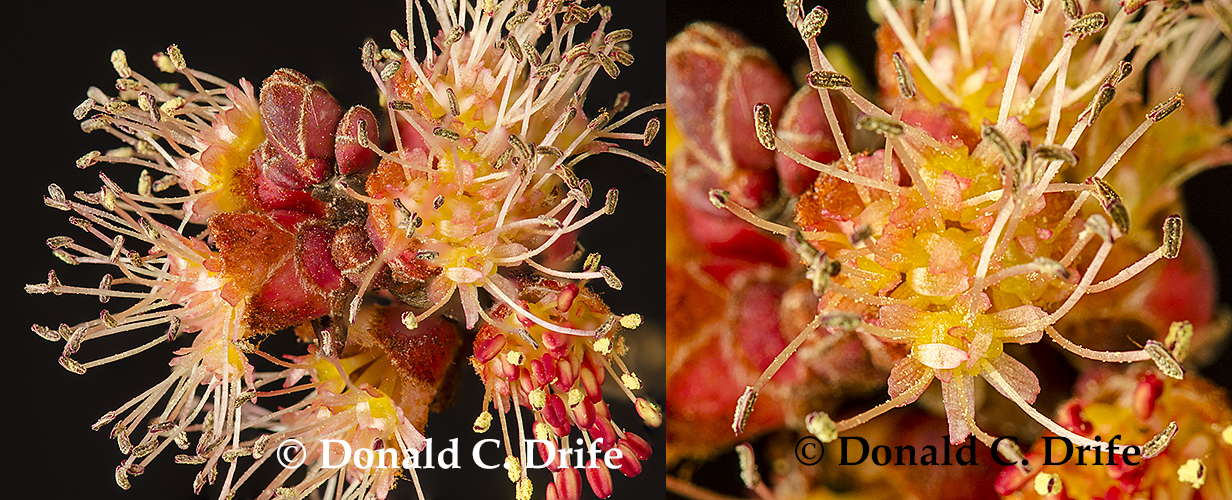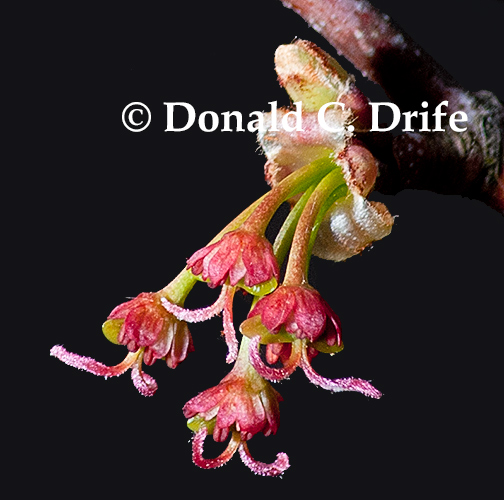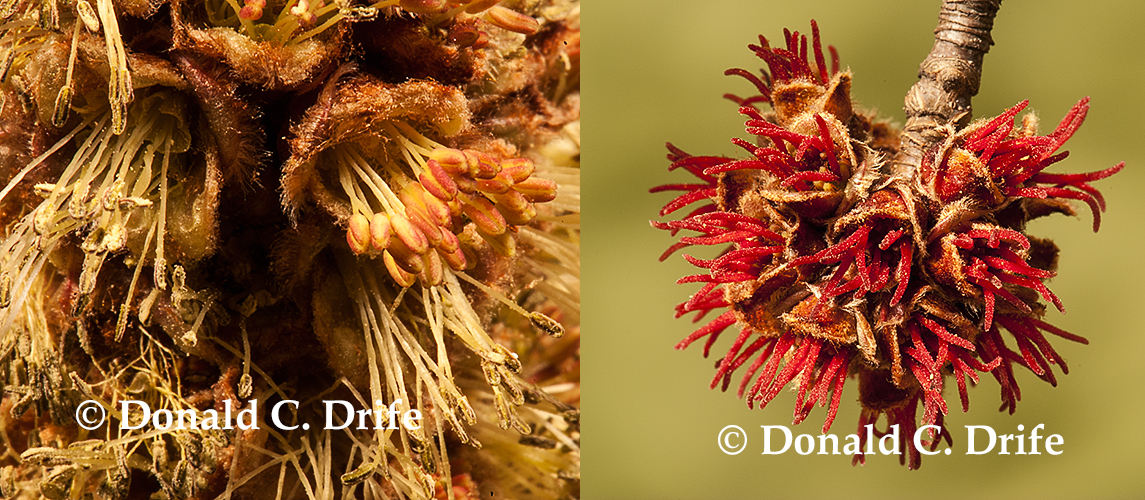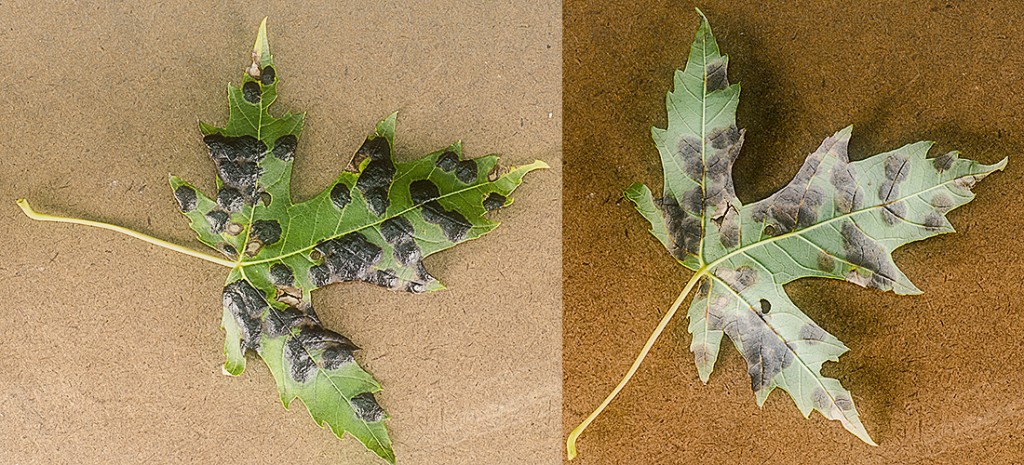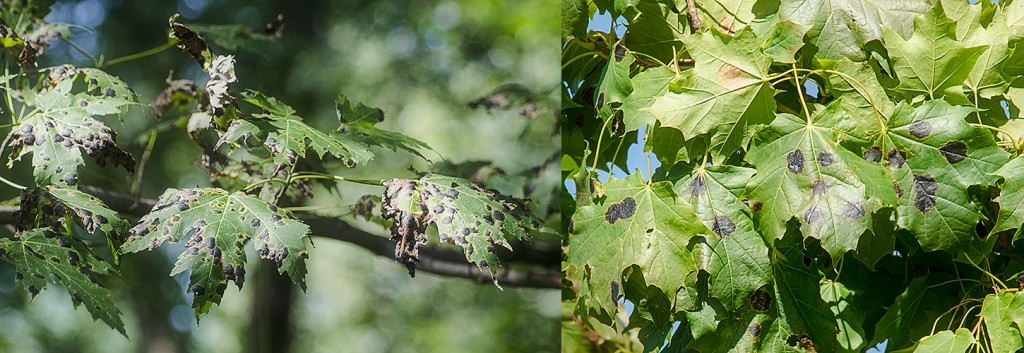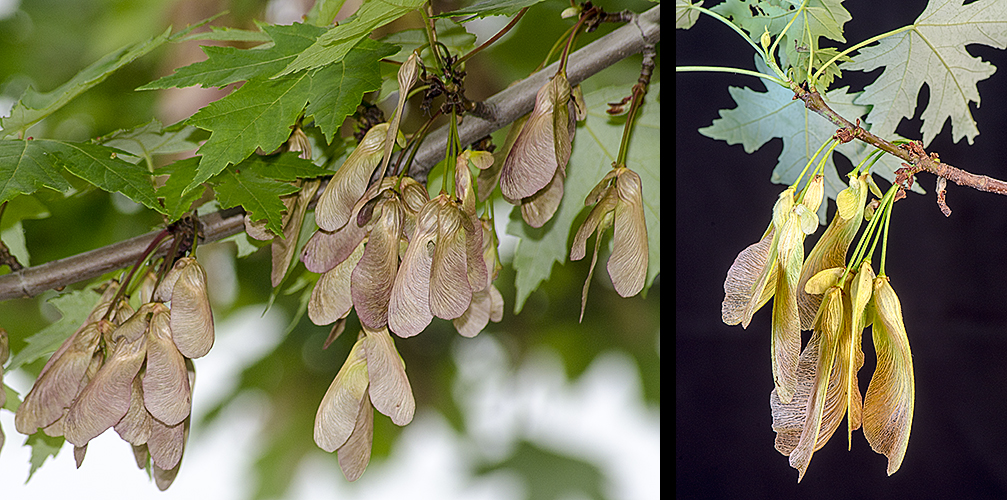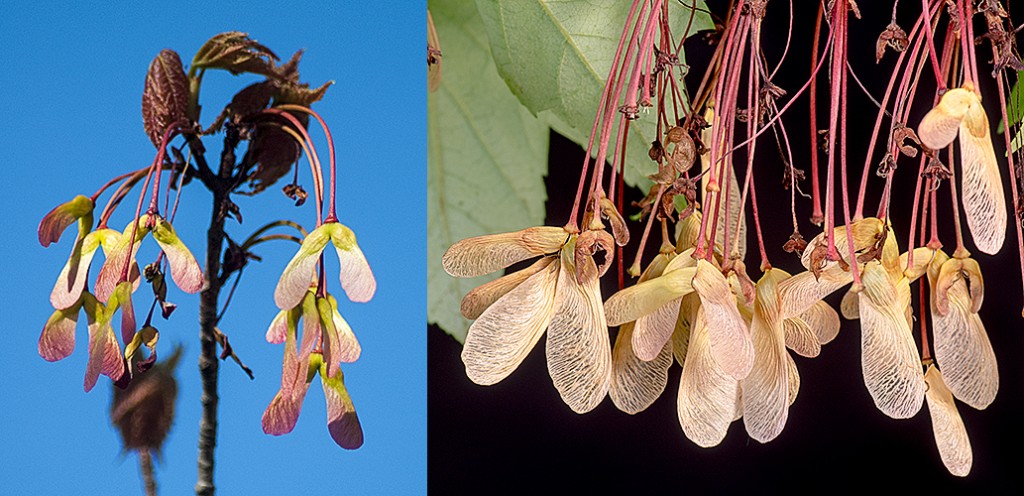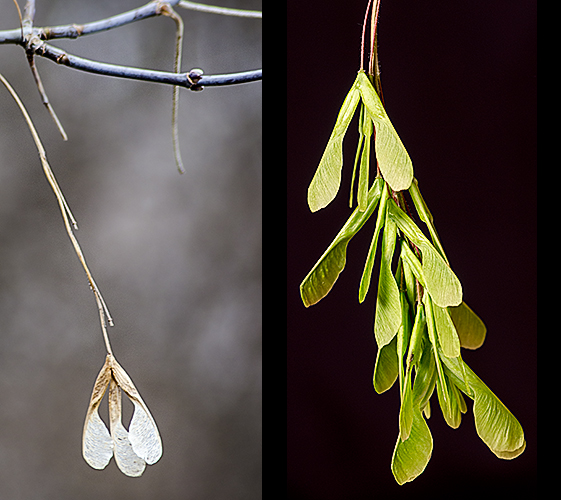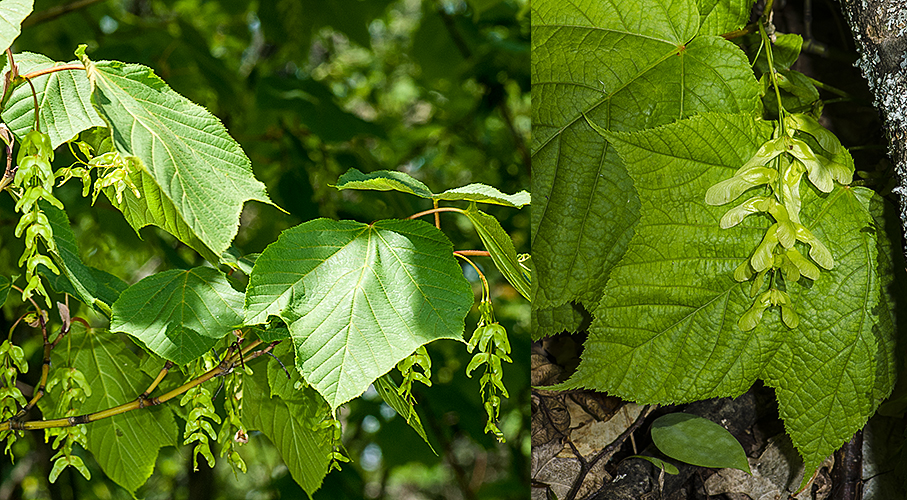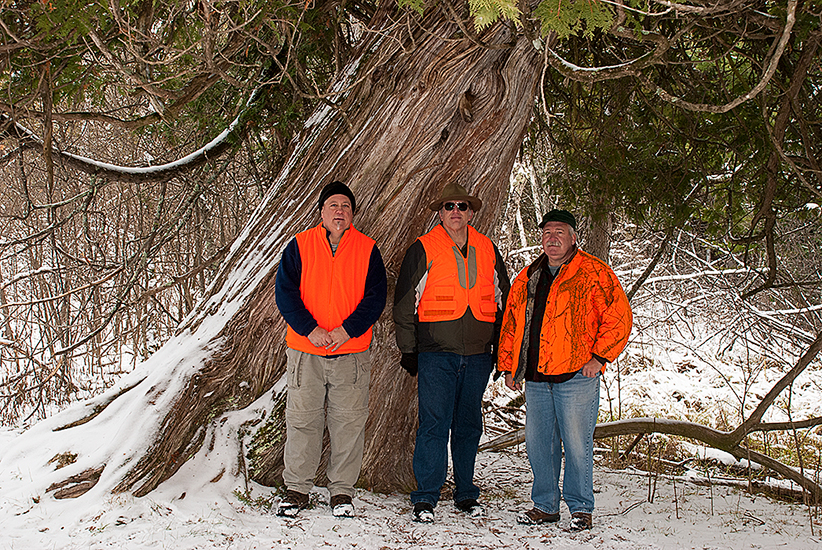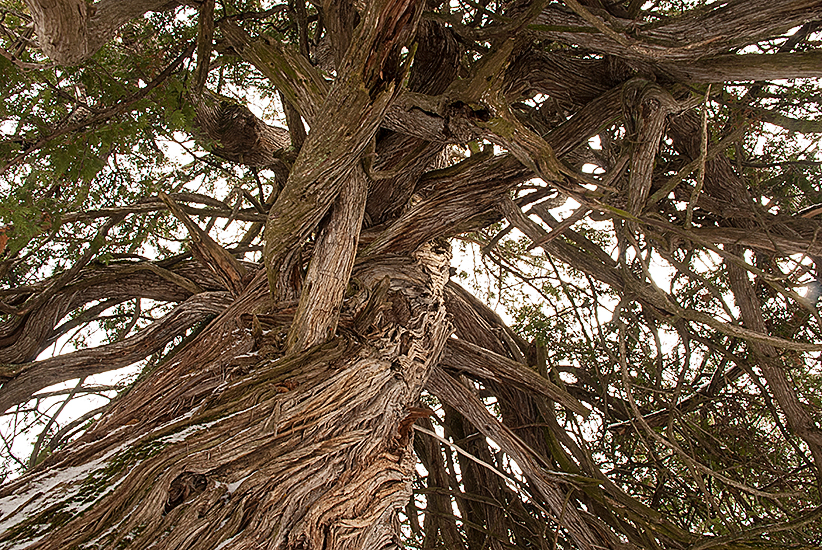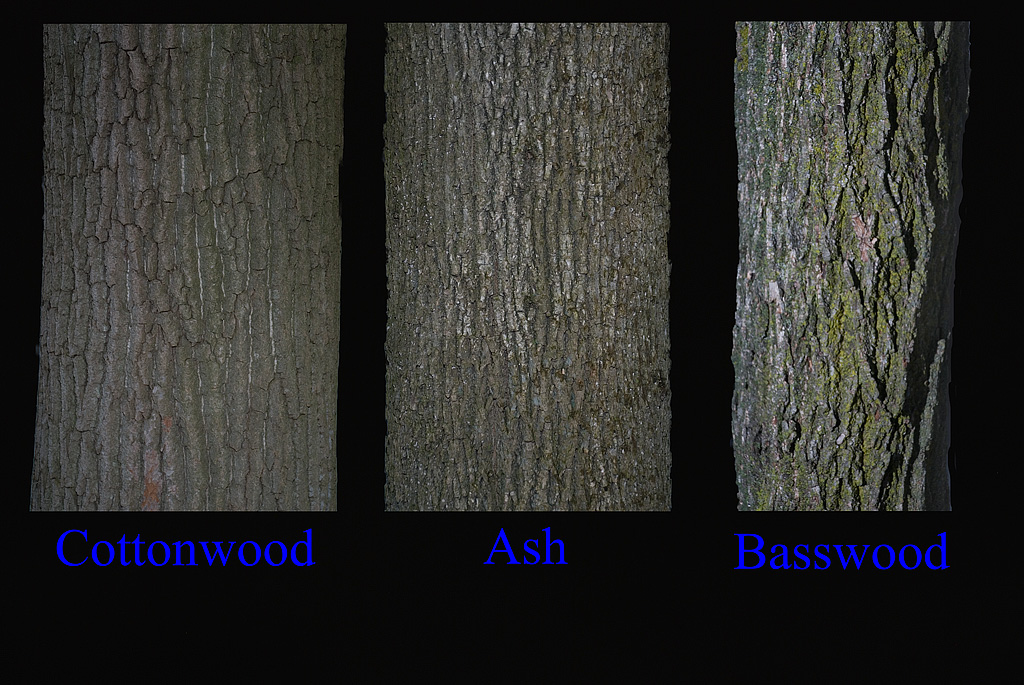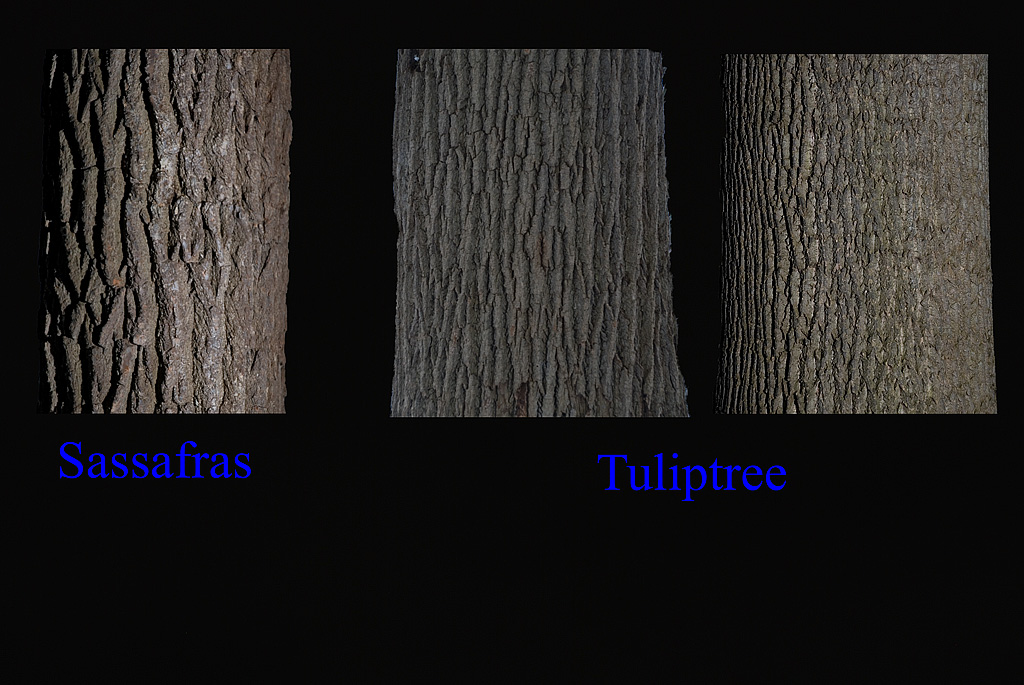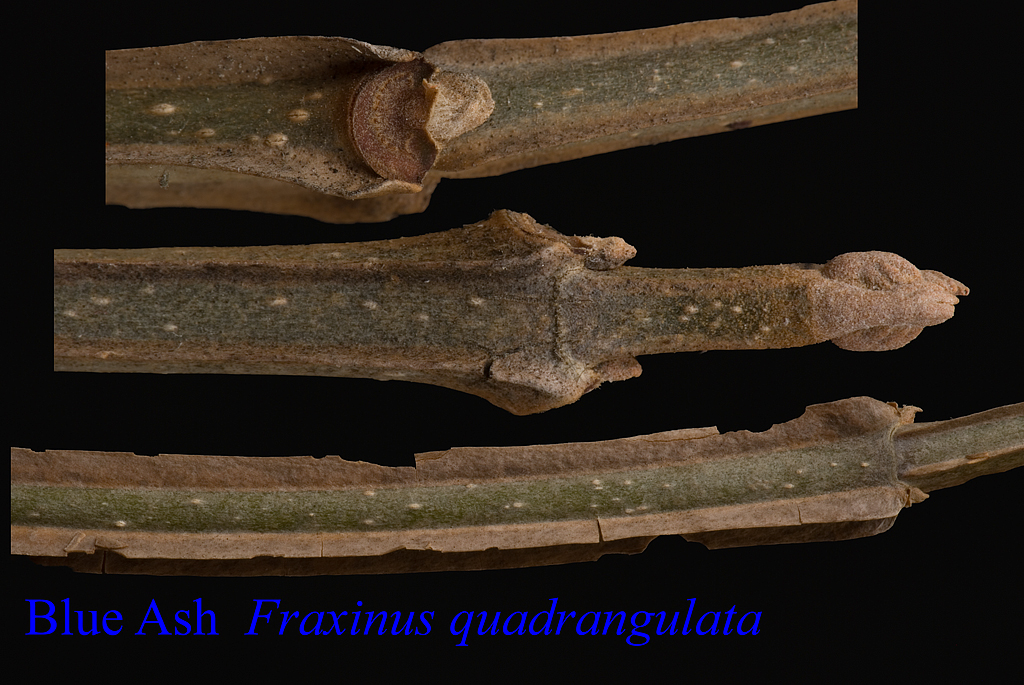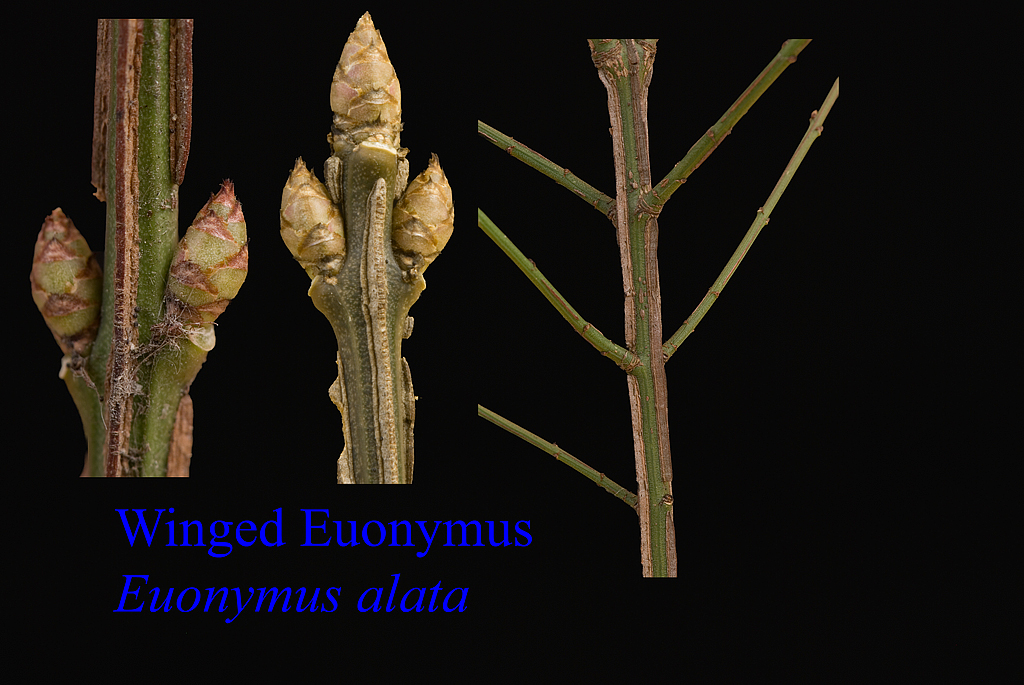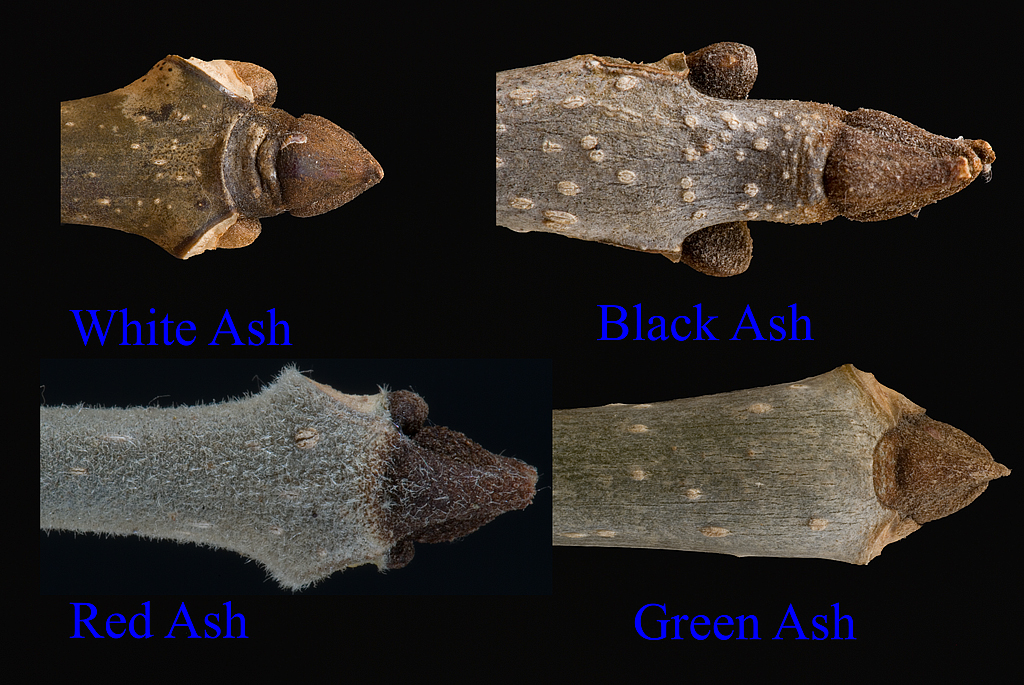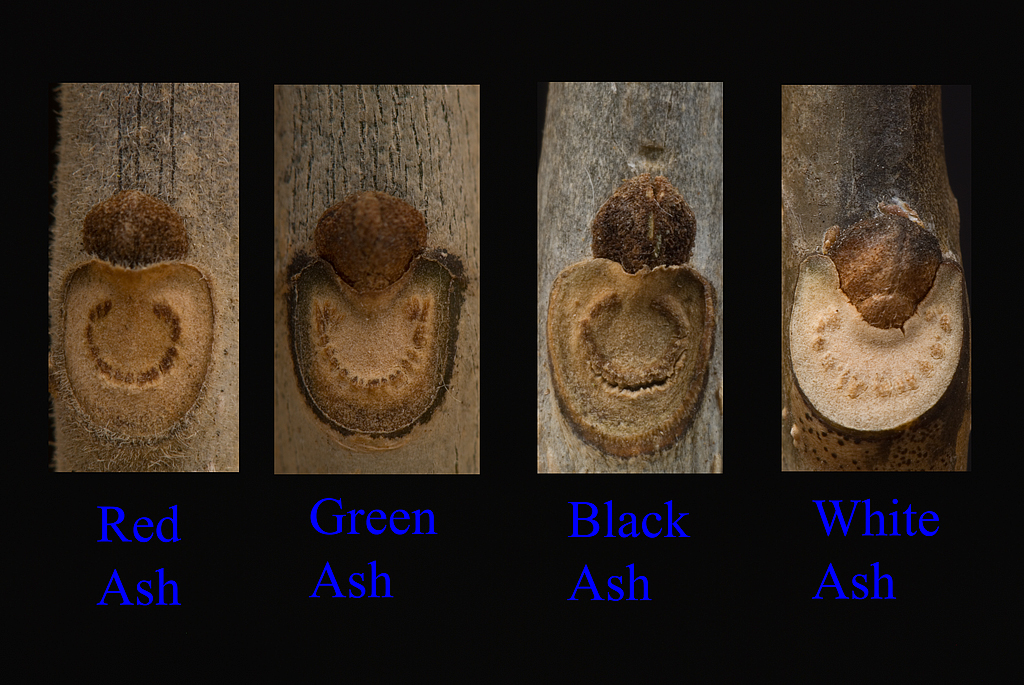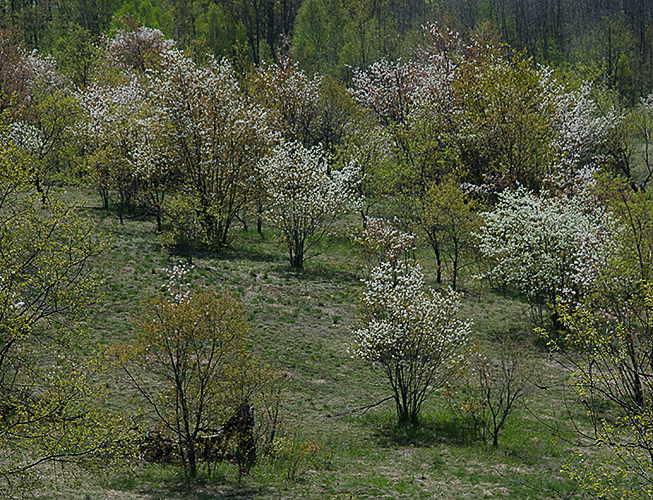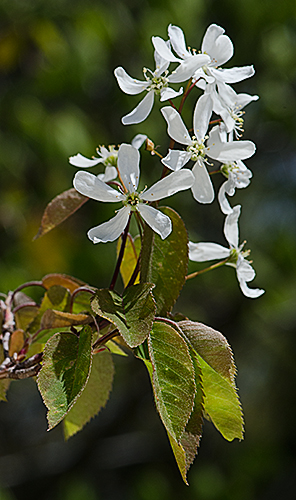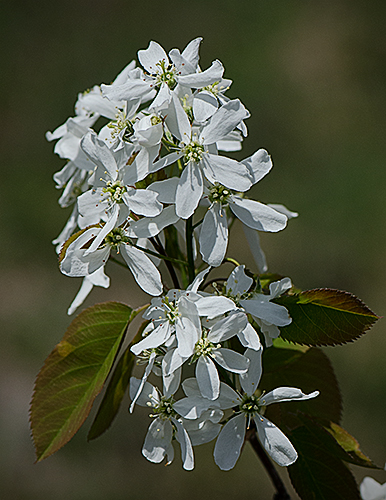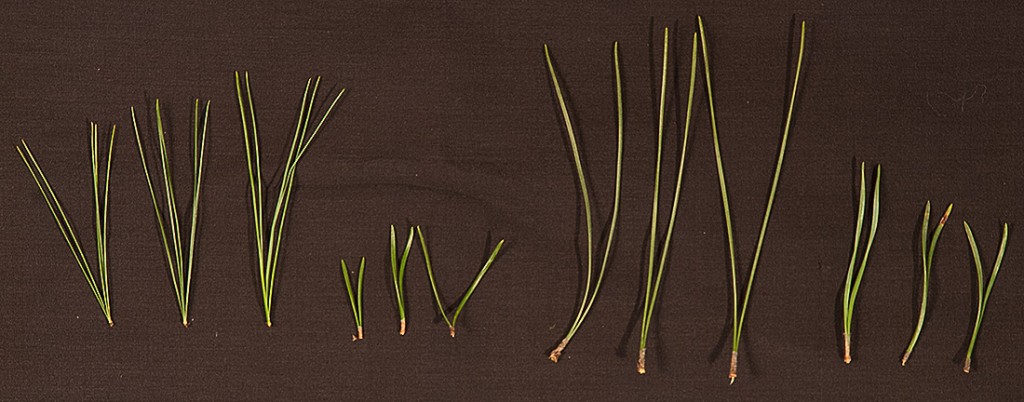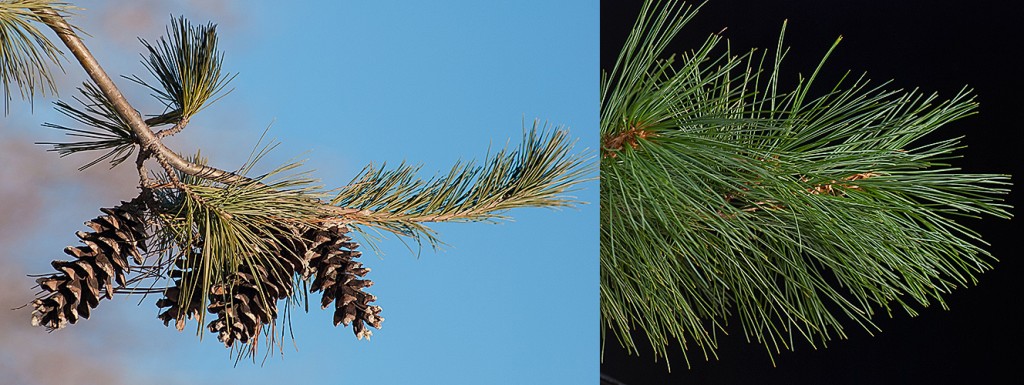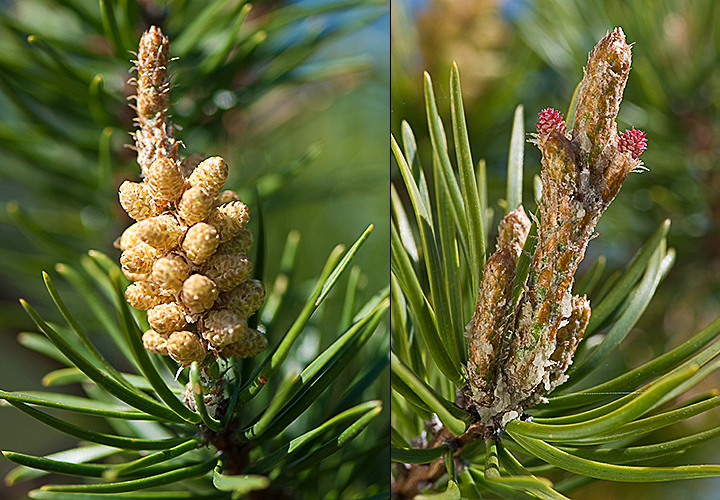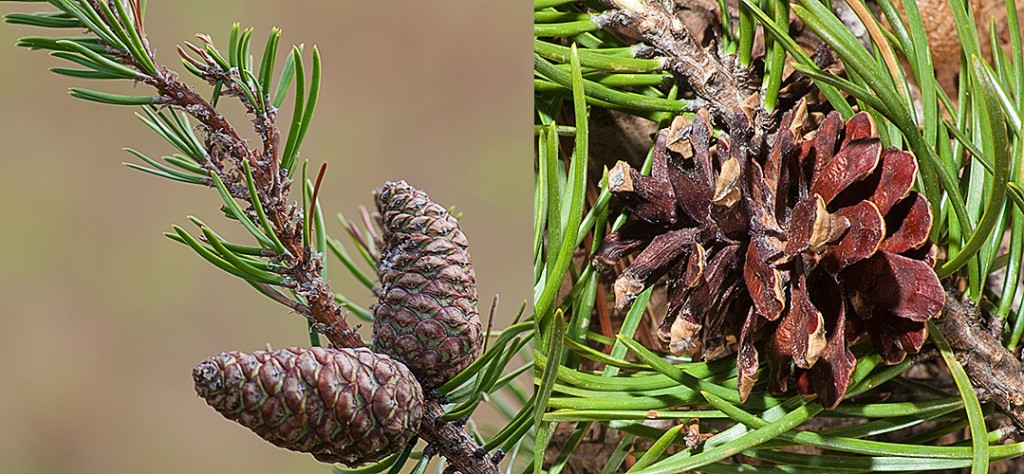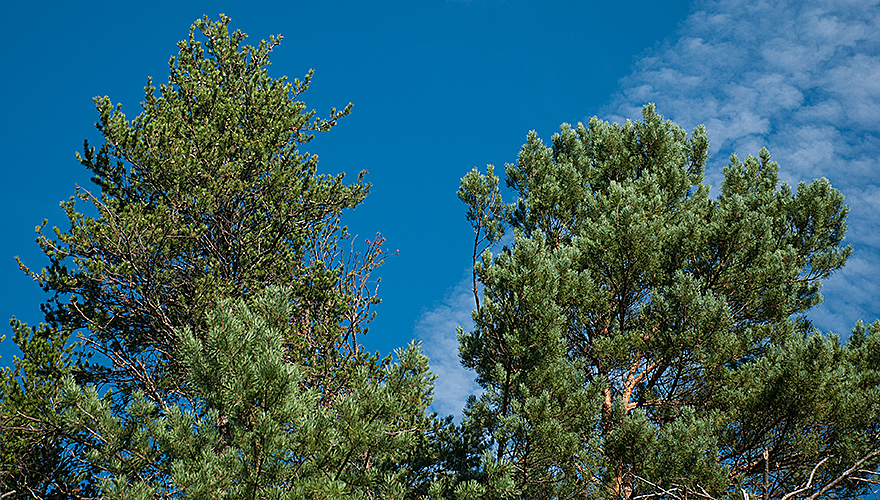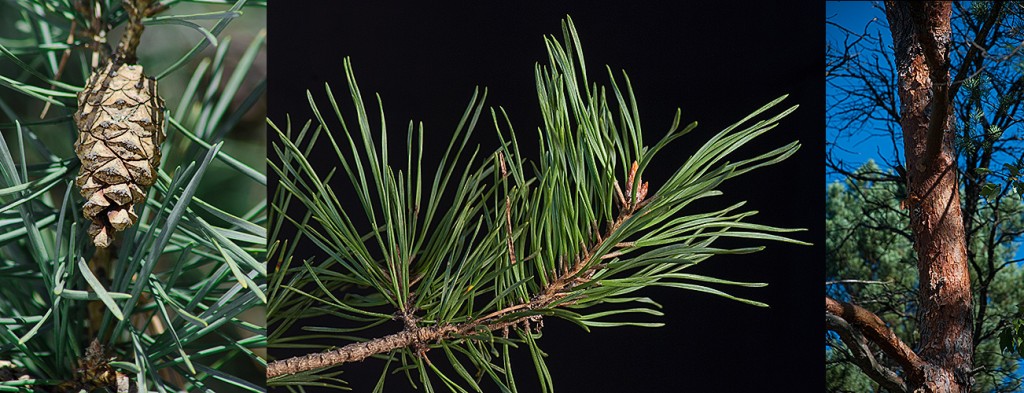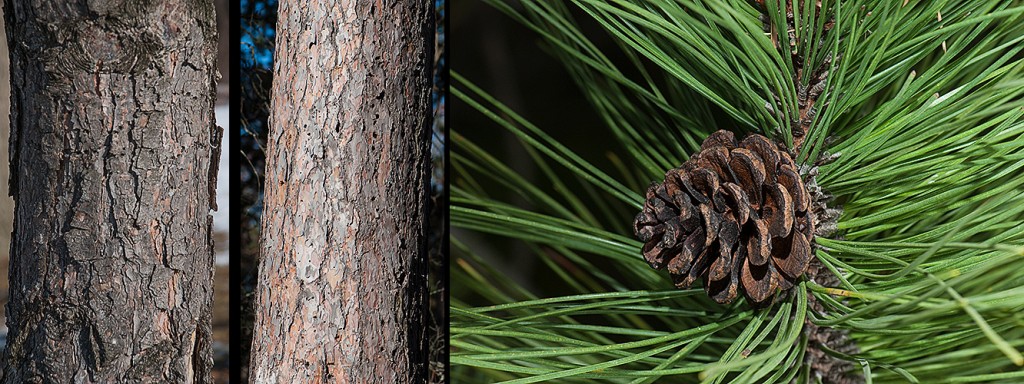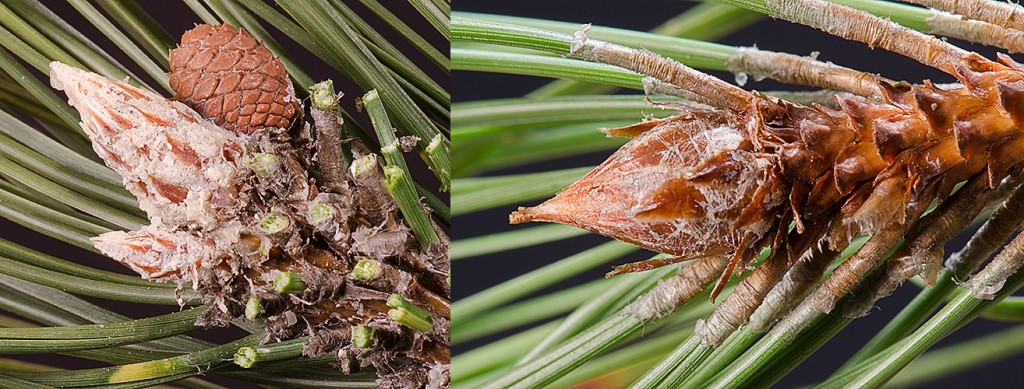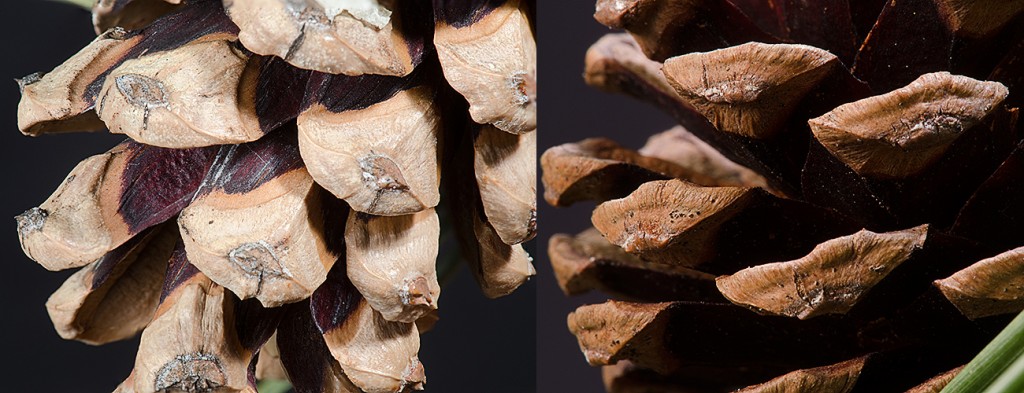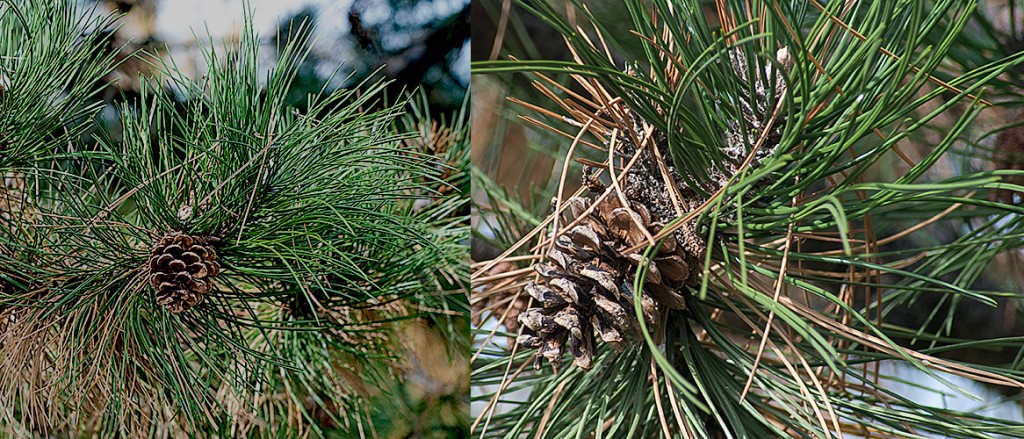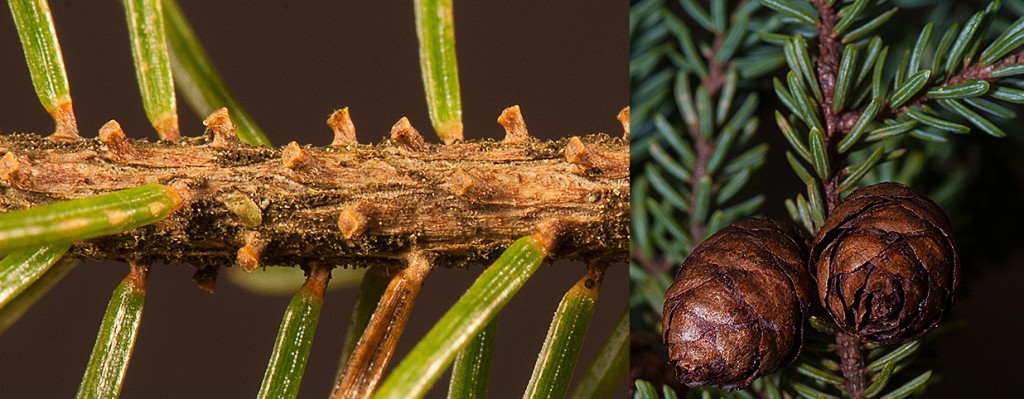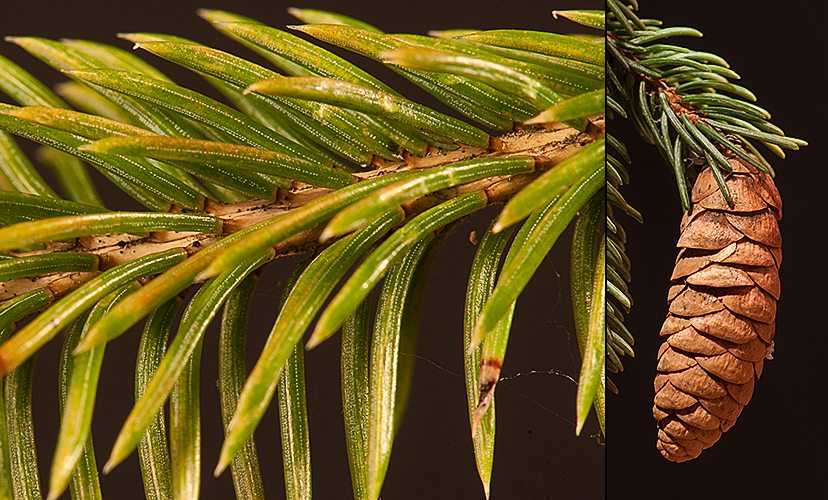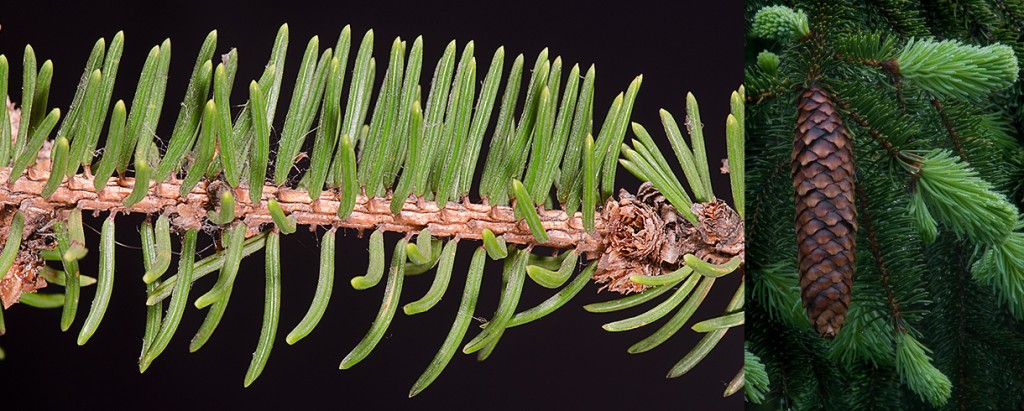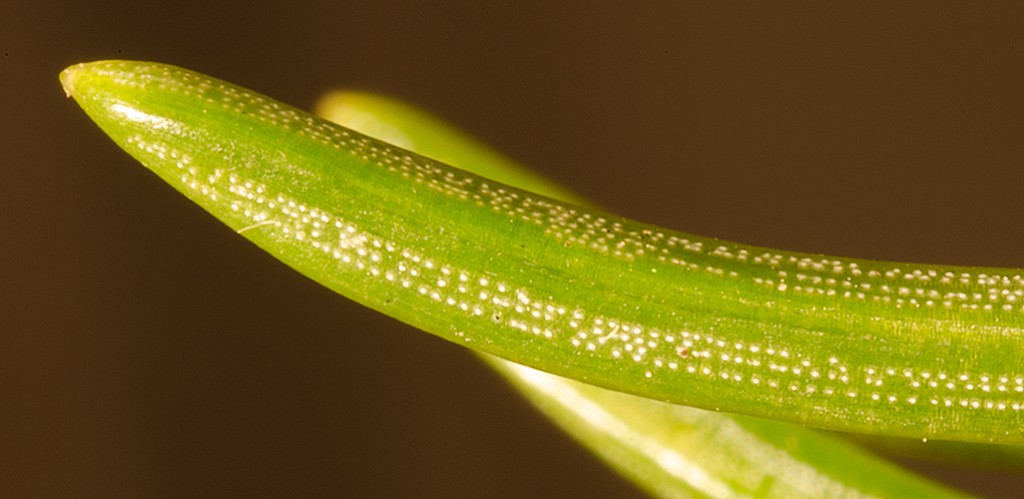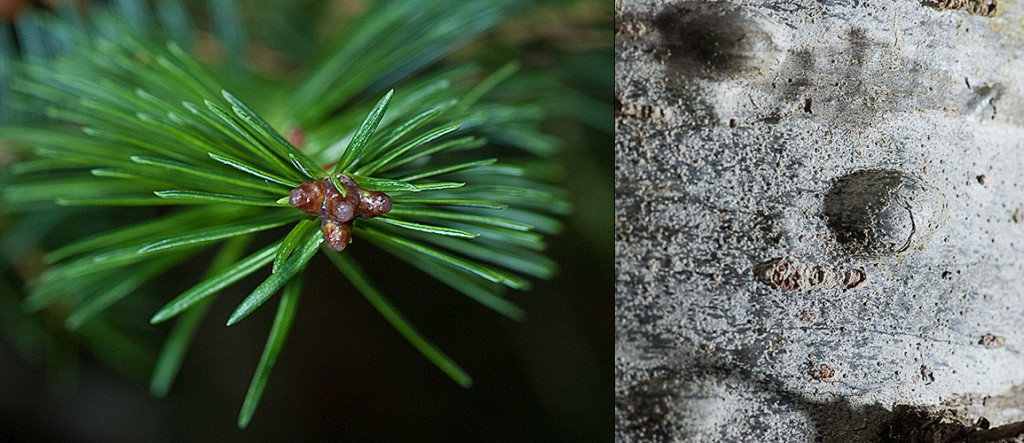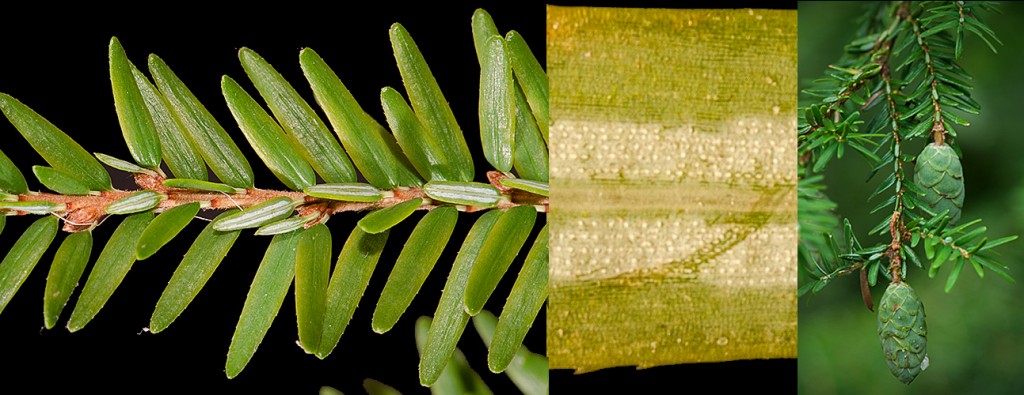The January-June, 2015 issue of The Michigan Botanist is a tribute to Burt Barnes who died in 2014. Dr. Barnes co-authored Michigan Trees with the late Herb Wagner. This is my go to book for information on Michigan trees. Dr. Barnes was a forest ecologist and an expert on Aspens and Birches. One photograph caught my eye. It shows Dr. Barnes with his ear pressed against a small Aspen. Its caption reads, “Burt Barnes listens for ‘the sound of bells’ along the trunk of a young aspen tree as the wind blows its leaves” (page 77). The article does not state if they heard anything. It even says, “someone had jokingly told him” this. I needed to find out what they heard.
A few days later, my niece and I spent an evening listening to tree trunks. Pressing one ear against a Quaking Aspen (Populus tremuloides) trunk and blocking the other ear so I would not hear the wind through the leaves I listened. Whenever the wind rustled the leaves, the trunk sounded similar to a light gentle rain. We listened to Quaking Aspens of different sizes from 2 inches [5cm] to 18 inches [45cm] hearing the sound from every tree. We heard the same sound from Bigtooth Aspen (Populus grandidentata) and their hybrid (Populus xsmithii).
We then wondered what sounds other trees made. We listened to Black Cherry (Prunus serotina), Red Oak (Quercus rubra), and Red Maple (Acer rubrum) and heard no sounds. We visited a stand of Balsam Poplar (Populus balsamifera) and heard no sounds from the trunk of this Aspen relative.
Why is the rain sound heard only in Aspens? Does the density and structure of the wood transmit sound better? Do Aspen leaves vibrate at a unique frequency? The sound was produced regardless of the wind speed so perhaps frequency is irrelevant. Or perhaps, as my mentor tells me, this is one of those things we do not understand and we need to embrace the mystery.
Get out and listen to the trees. Enjoy the mystery. And you will probably find something else fascinating in Nature.
Copyright 2016 by Donald Drife
Webpage Michigan Nature Guy
Follow MichiganNatureGuy on Facebook

